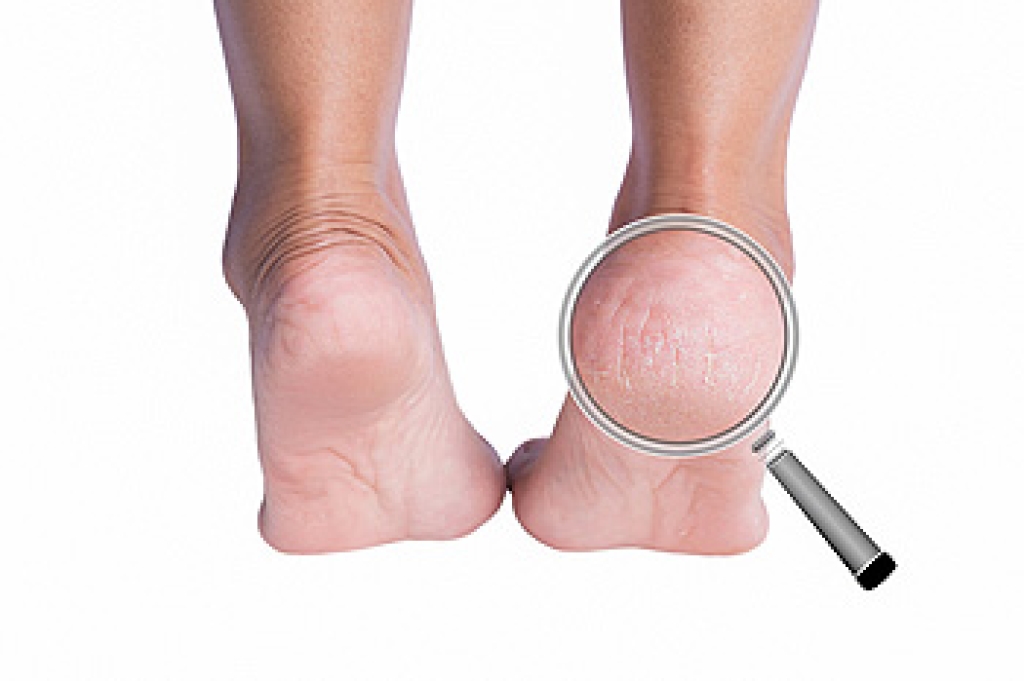
Cracked heels are a foot condition that can be common in the summer months. It can be unsightly and painful, and relief is often sought. Many people enjoy wearing flip-flops or backless shoes that can leave the skin on the heels exposed to the elements. Cracks that deepen in the skin are known as fissures, and if not treated promptly, may bleed and become infected. In addition to the above reasons why cracked heels can develop, there may also be medical reasons. These can include various forms of dermatitis, psoriasis, diabetes, or a thyroid disorder. People who are overweight may be prone to incurring cracked heels, typically as a result of the added weight the feet must endure. Effective prevention methods can consist of washing and drying the feet thoroughly, followed by applying a good moisturizer. It is also beneficial to wear shoes that have a back, which can provide adequate protection for the heels. If you have cracked heels, it is suggested that you confer with a chiropodist who can guide you toward the correct treatment options.
Cracked heels, also known as heel fissures, can cause pain and discomfort. If your cracked heels are bothering you, please consult with one of the specialists from Thornhill Foot Clinic. Our chiropodists will assess your condition and provide you with quality foot and ankle treatment.
Dry, thickened skin around the rim of the heel is typically the first sign of cracked heels. While this condition is common and usually just a nuisance, some cases can be more severe. If left untreated and as more pressure is placed on the heel, the cracks become deeper and eventually walking and standing can be painful. These deep cracks or fissures can bleed and also become infected. Those with diabetes need to be especially careful as fissures could lead to diabetic foot ulcers.
Causes
Cracked heels can be the result of several different factors, including:
- Dry skin
- Taking long, hot showers or using harsh soaps
- Standing for long periods of time
- Walking barefoot
- Walking in shoes with an open back, such as sandals or flip flops
- Wearing shoes that do not fit properly
- Living in a cold or dry climate
- Certain skin conditions, such as eczema or psoriasis
Treatment
There are many at-home treatment remedies for cracked heels. Applying moisturizers to the heel can help hydrate the skin. Soaking your feet in warm water and exfoliating them with a loofah or pumice stone can help to buff away dead skin cells. If you are afflicted with cracked heels, it is recommended that you see a chiropodist for treatment.
Prevention
You can prevent cracked heels by:
- Avoiding standing in one position for prolonged periods of time
- Wearing well-fitted shoes with a closed back
- Washing your feet with gentle soaps and lukewarm water
- Moisturizing the feet daily
If you have any questions, please feel free to contact our office located in . We offer the newest diagnostic and treatment technologies for all your foot care needs.
